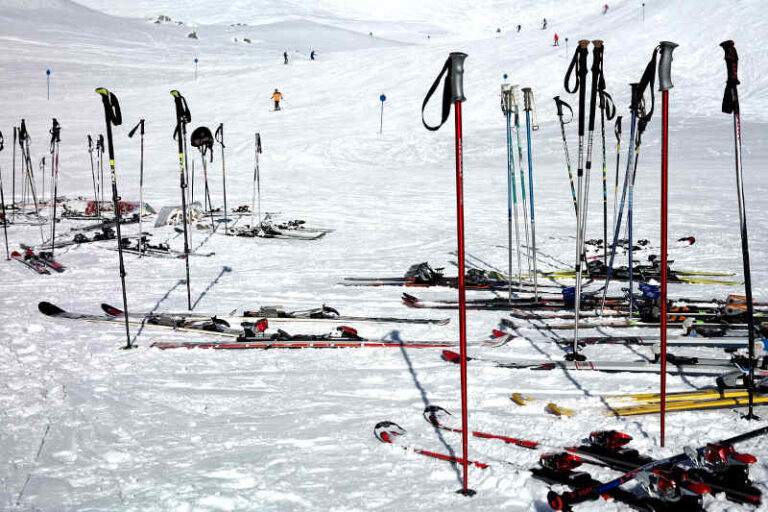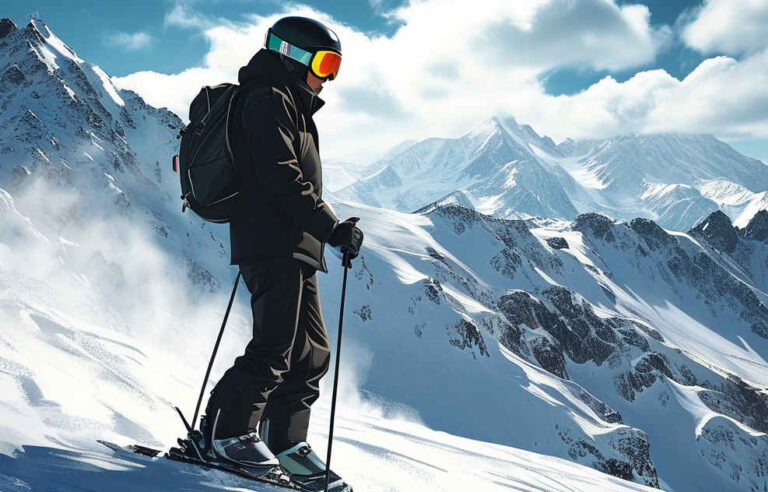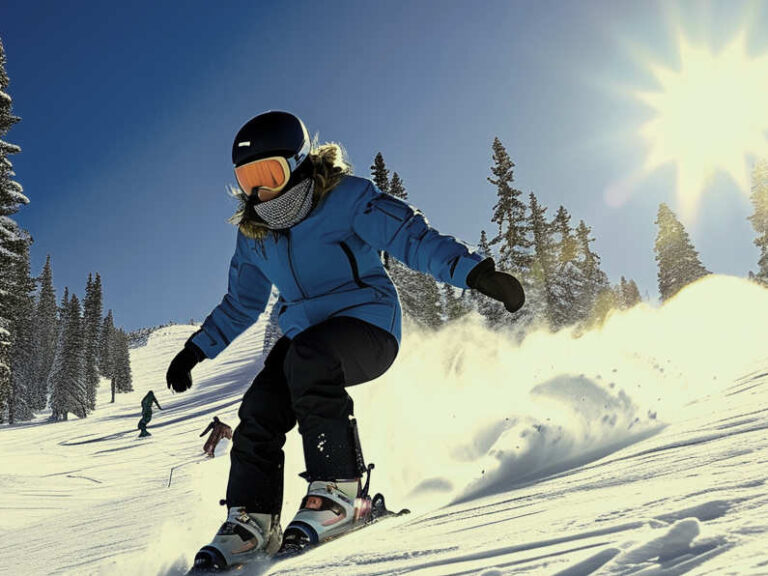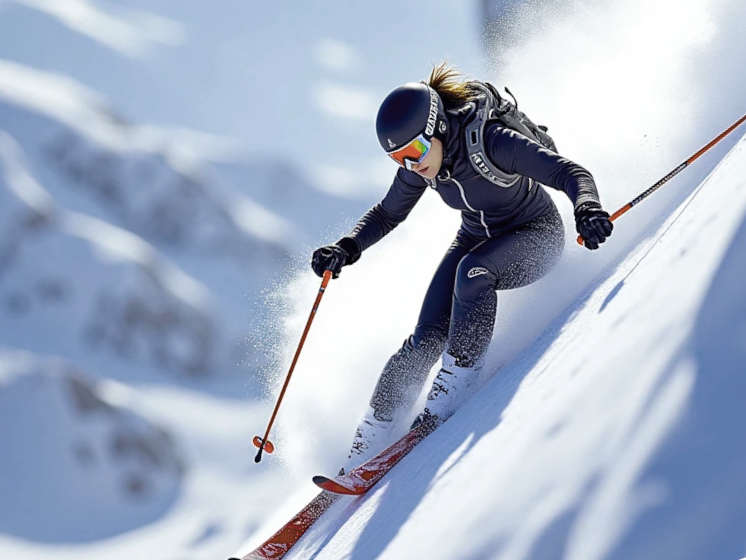Common Mistakes to Avoid When Skiing Steep Slopes
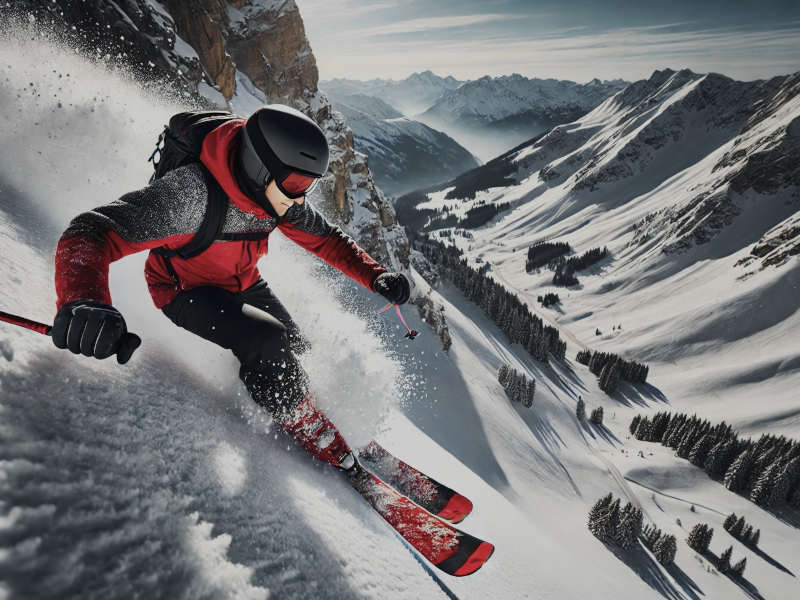
Facing a steep slope can feel thrilling and terrifying at the same time. For intermediate skiers, these runs present a chance to push skills further and enjoy a serious adrenaline rush. But steep slopes also require technique, focus, and confidence. Avoiding these common mistakes can make the experience safer and much more enjoyable.
Skipping Practice on Easier Slopes
Jumping straight into steep terrain without enough practice is a recipe for trouble. Confidence grows when you build skills on moderate slopes first. Skiing less challenging terrain allows you to master basic techniques, like controlling your speed and perfecting your turns.
Before attempting a steep slope, make sure you feel solid on blues or mild blacks. Gradually increase the difficulty of your runs to build muscle memory. Skipping this step is like trying to solve a puzzle with missing pieces—everything feels harder than it should.
Forgetting a Strong Stance
A solid stance is the foundation of skiing. On steep slopes, one of the most common errors is leaning back. This happens when skiers feel nervous, and it throws balance off completely. Instead, focus on keeping your weight centered over your skis.
Bend your knees slightly and keep your hands forward. Imagine holding a beach ball in front of you—this keeps your arms in the right position. A centered stance gives you control, making it easier to steer and absorb changes in the slope.
Leaning back may feel like a safety move, but it’s anything but. Think of it like riding a bike downhill—if you lean too far back, you’ll lose control. Stay balanced, and you’ll feel more confident.
Ignoring Your Poles
Poles are more than accessories for ski fashion or something to wave at friends from the lift. On steep slopes, they help with rhythm, balance, and timing. Many skiers either forget to use their poles or rely on them too much, both of which can cause problems.
Practice planting your poles lightly as you initiate each turn. This small movement provides extra stability and helps guide your body. Avoid jabbing or leaning on your poles; they’re there to assist, not carry your weight. Think of them as your quiet partners on the slope.
Struggling with Turns
Turning is essential for managing speed and staying in control, but steep slopes add extra challenges. One common mistake is trying to make turns too quickly or freezing up halfway through. Both can throw off your balance and momentum.
For most steep slopes, skid turns work best. To execute a skid turn, start by engaging the edges of your skis and let them slide slightly as you steer into the turn. This helps control your speed without abrupt stops.
In tighter spots, hop turns might be your best option. These involve lifting your skis slightly off the snow and pivoting them to face the next direction. Hop turns are energy-intensive but extremely useful in narrow or very steep areas. Practicing these moves on gentler slopes first is crucial.
Failing to Pick a Line
Skiing without a clear line can leave you zigzagging across the slope or following someone else’s path, which might not suit your style or skill. Picking your line means deciding where you want to go before starting your run. This helps you stay focused and maintain control.
Look ahead and plan a smooth, controlled path that matches your ability. Avoid sudden changes in direction, as they can disrupt your rhythm. If the slope feels intimidating, break it into smaller sections and ski them one at a time.
Following another skier’s line blindly can lead to trouble. Choose your own path and adjust it as needed.
Hesitating Mid-Turn
A lack of commitment during turns is a common issue, especially when fear creeps in. Starting a turn but pulling back halfway can leave you off-balance or even falling.
When making turns, commit fully. Look where you want to go, engage your edges, and finish each turn with intention. Trust your training and technique. Confidence in your turns keeps you moving steadily down the slope.
Think of hesitation as a chain reaction—one moment of doubt can throw off your whole run. Commit to each turn, and your skiing will feel smoother.
Letting Fear Take Over
Fear is natural when facing steep slopes, but letting it take control can lead to stiff movements and poor decisions. Overthinking each move can make skiing harder than it needs to be.
Stay calm and focus on your skills. Take a deep breath before starting your run, and remember that falling is part of skiing. If you do fall, laugh it off, regroup, and try again.
Fear often fades with practice. The more steep slopes you ski, the more comfortable you’ll feel. Remember to start small and work your way up from gradual slopes to steeper ones.
Often you will be able to find a short steep section on the hill which is “sandwiched” between two gradual or less steep sections. This can be ideal for practicing steep slope skiing since you only have to muster up courage to commit to a couple of turns and a short distance before things level out and take you back to the calm.
Skipping Warm-Ups
Cold muscles don’t perform well, especially on steep runs. Skiing without warming up can lead to stiffness and slower reactions. Before hitting a challenging slope, spend time stretching and skiing a few easier runs to loosen up.
Simple warm-ups like leg swings, lunges, and light turns on a beginner slope can make a big difference. Preparing your body reduces the risk of injury and helps you feel ready for the challenge ahead.
The Bottom Line
Skiing steep slopes can be one of the most rewarding parts of the sport, but it requires the right mindset and skills. By practicing on easier terrain, maintaining a strong stance, using your poles effectively, and mastering your turns, you can tackle steep runs with confidence. Plan your line, commit to each turn, and don’t let fear hold you back. With these tips, steep slopes will feel less like a challenge and more like an adventure.

by: Ray Pember
Ray is an experienced wordsmith who has dived deep into various niches. With over two decades under his belt, he knows a thing or two about staying afloat in this ever-evolving digital world… read more


